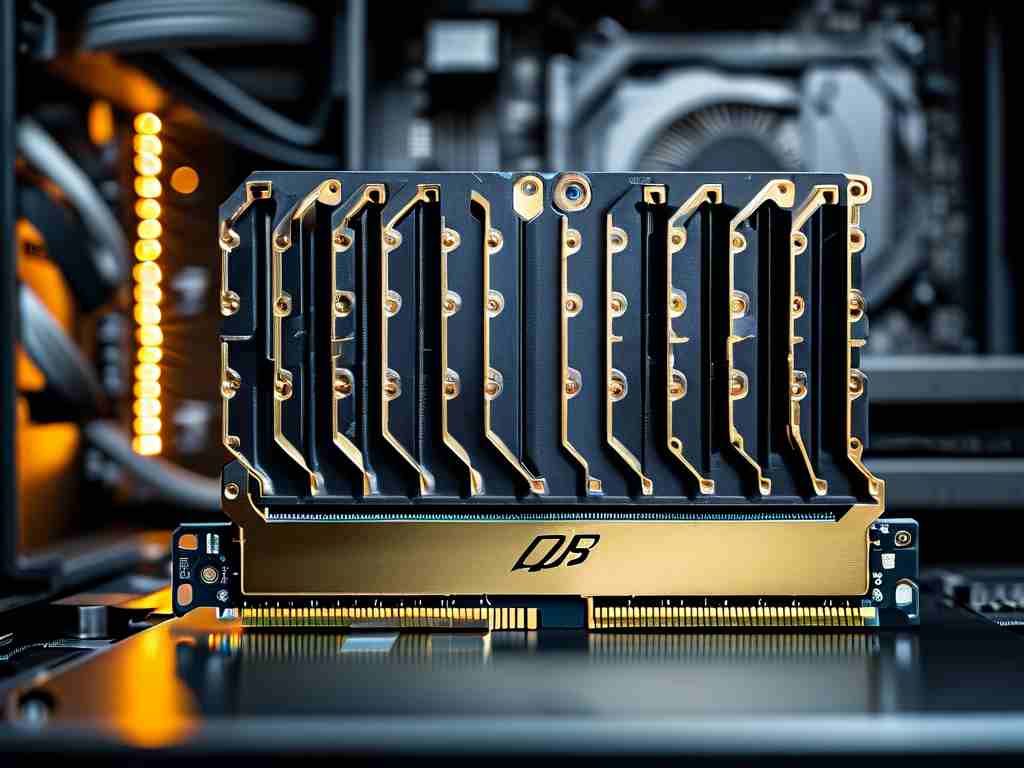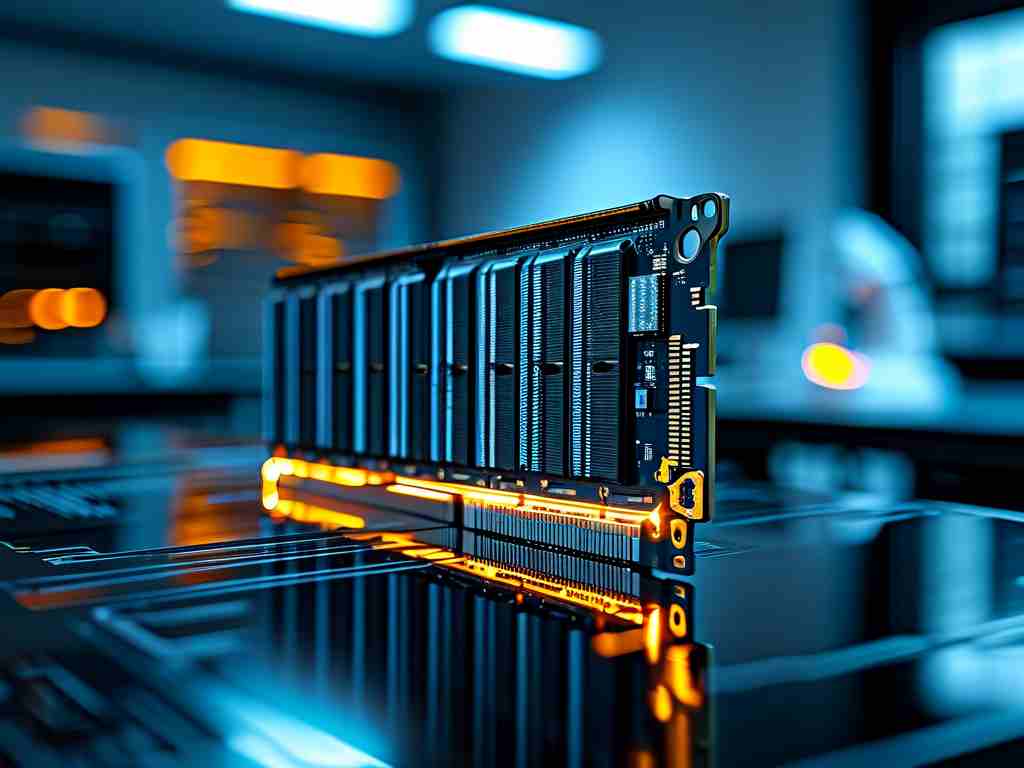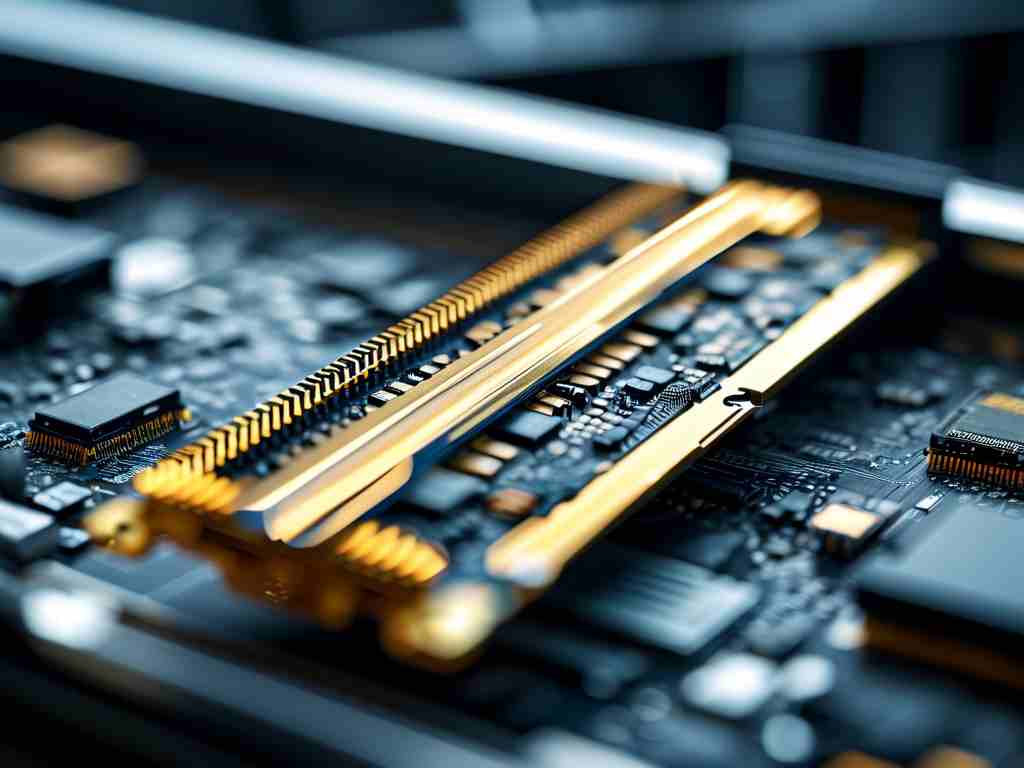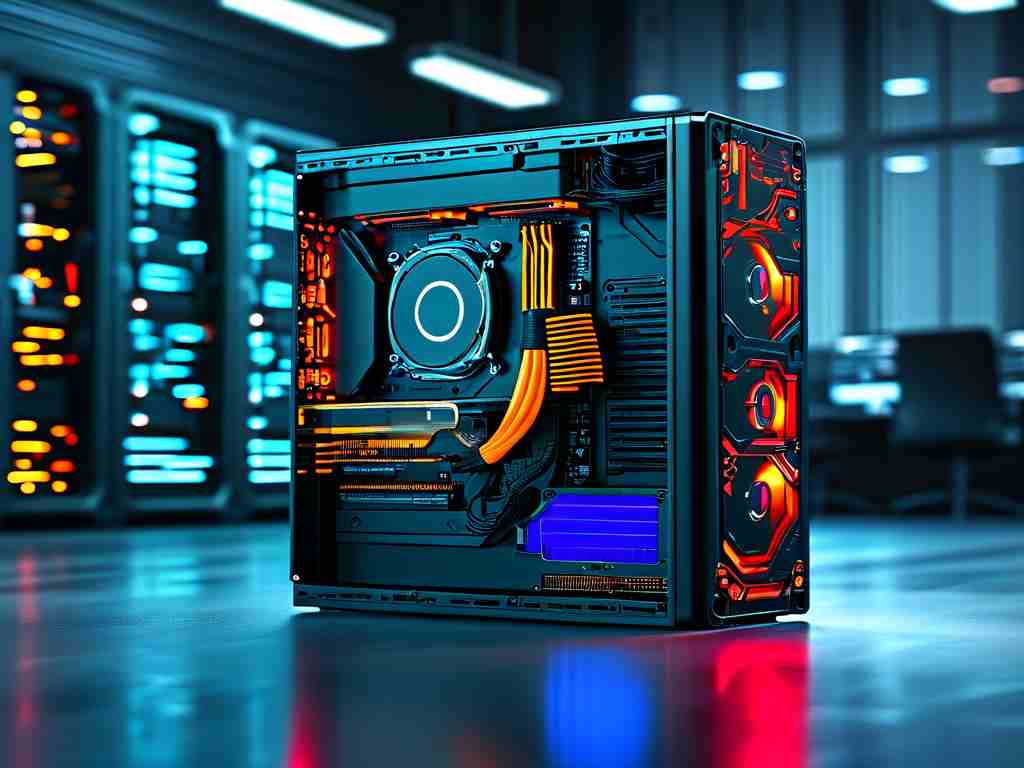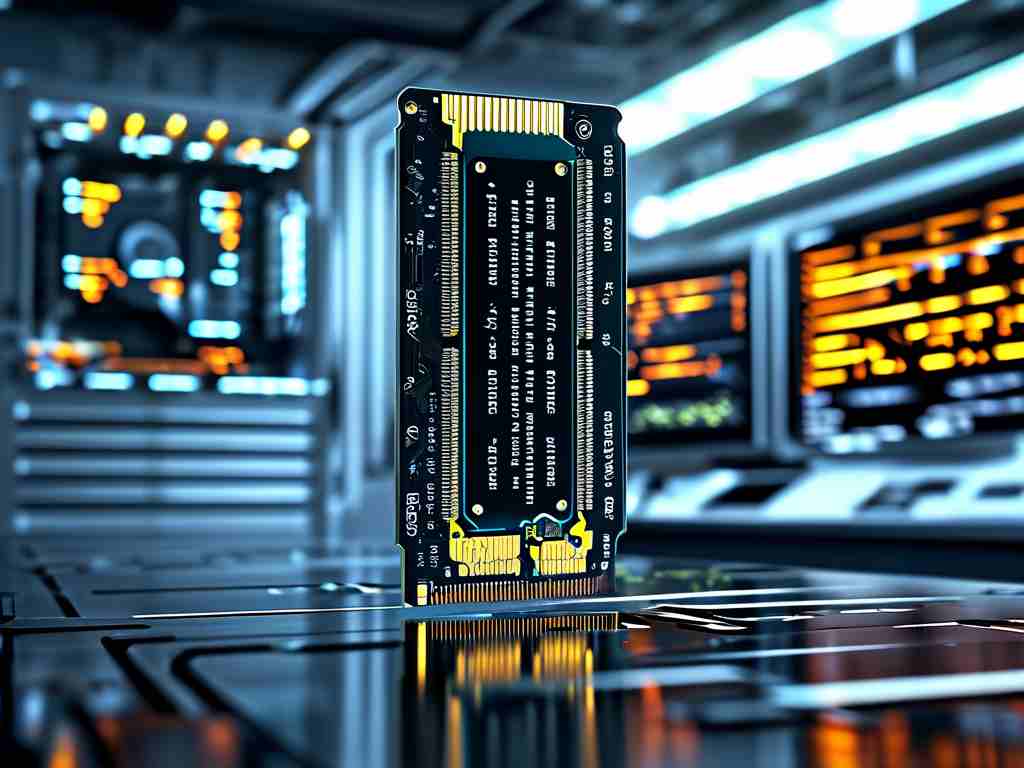The rapid evolution of aviation technology has made onboard computer systems indispensable for flight operations, navigation, and safety. One critical aspect of these systems is their memory capacity, which ensures seamless data processing and real-time decision-making. This article explores the memory requirements of aircraft computers, the factors influencing these specifications, and how they align with the demands of modern aviation.
The Role of Memory in Aircraft Computers
Aircraft computers, often referred to as avionics systems, handle tasks ranging from engine control to collision avoidance. These systems rely on both volatile (RAM) and non-volatile (ROM, flash) memory to store and process data. For instance, flight management systems (FMS) require high-speed RAM to execute complex algorithms for route optimization, while non-volatile memory retains critical firmware and configuration data even during power loss.
Modern commercial aircraft, such as the Boeing 787 or Airbus A350, utilize integrated modular avionics (IMA) architectures. These systems consolidate multiple functions into shared hardware, reducing weight and complexity. However, this integration demands higher memory capacities. A typical IMA cabinet may incorporate up to 32 GB of RAM, distributed across redundant modules to ensure fault tolerance.
Factors Influencing Memory Requirements
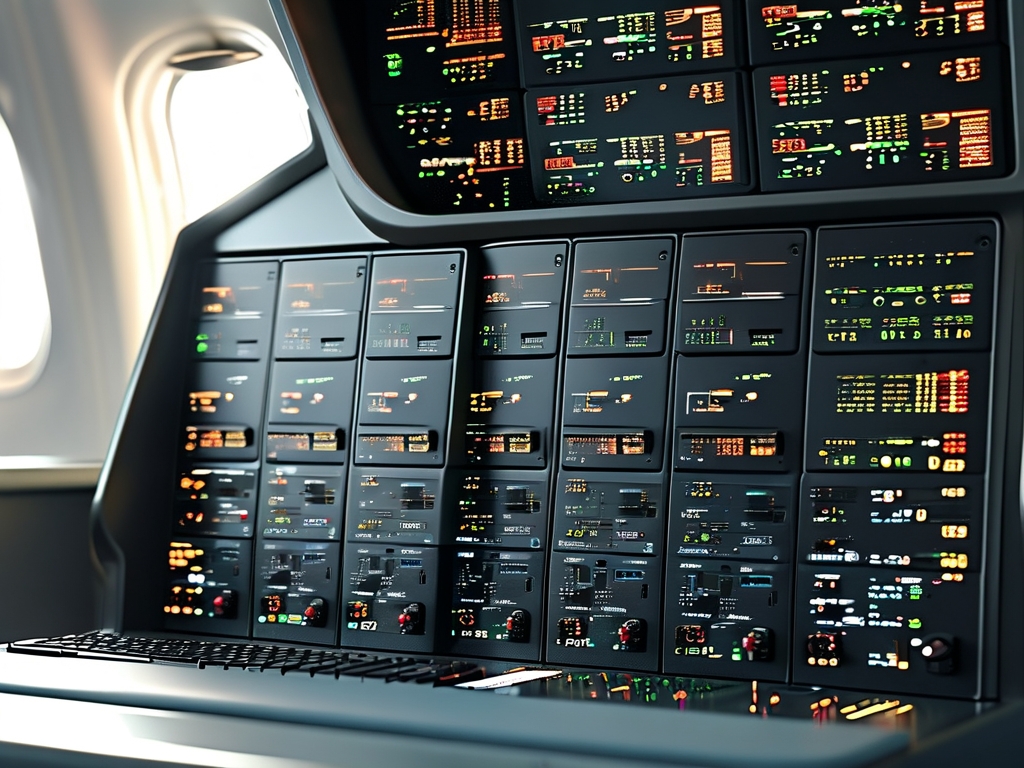
-
Data Volume and Processing Needs: Sensors, radars, and communication systems generate terabytes of data during a single flight. For example, weather radar systems alone process thousands of data points per second to detect turbulence. This necessitates robust memory buffers to prevent data loss during high-load scenarios.
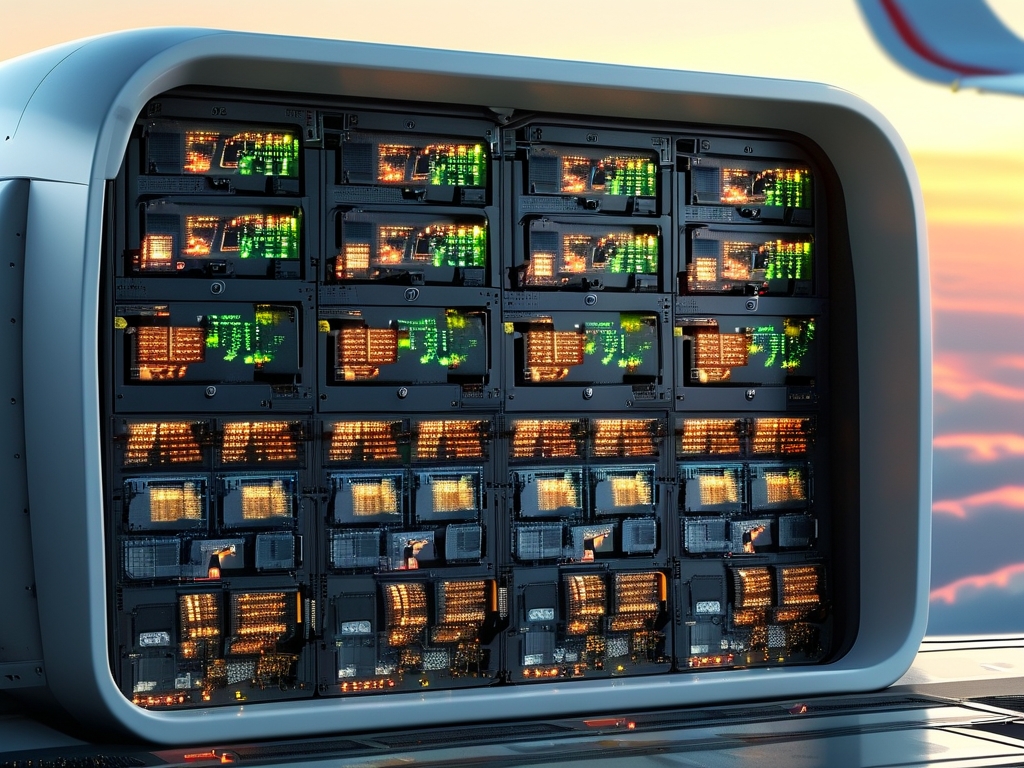
-
Redundancy and Safety Standards: Aviation regulations mandate redundant systems to mitigate failures. Dual or triple redundant computers require mirrored memory configurations, effectively doubling or tripling the baseline memory. The FAA’s DO-254 and DO-178C standards further specify rigorous testing for memory reliability, influencing both capacity and architecture.
-
Software Complexity: Advanced features like automated landing systems or predictive maintenance rely on machine learning models. Training and running these models onboard requires specialized memory architectures, such as GPU-accelerated modules with high-bandwidth memory (HBM).
Case Study: Military vs. Civilian Aircraft
Military aircraft, such as the F-35 Lightning II, push memory requirements even further. Their mission systems—including electronic warfare and threat detection—process classified data in real time. The F-35’s onboard computer uses 64 GB of RAM, coupled with radiation-hardened flash storage to withstand electromagnetic interference. In contrast, civilian aircraft prioritize cost-efficiency and longevity, often opting for slightly older but proven memory technologies like MRAM (magnetoresistive RAM).
Future Trends and Challenges
As aviation moves toward autonomous flight and AI-driven operations, memory demands will escalate. Emerging technologies like quantum-resistant encryption and neuromorphic computing could reshape avionics architectures. However, challenges remain, such as balancing power consumption with performance and ensuring compatibility with legacy systems.
For developers, optimizing code for limited memory environments remains crucial. For example, the following pseudo-code snippet illustrates a memory-efficient algorithm for sensor fusion:
def integrate_sensors(lidar, radar, camera):
# Prioritize low-latency data streams
fused_data = kalman_filter(radar, lidar)
fused_data = cross_validate(fused_data, camera)
return compress(fused_data)
The memory requirements of aircraft computers are shaped by safety, functionality, and evolving technological landscapes. While commercial systems currently operate with 16–32 GB of RAM, future advancements may see this figure grow exponentially. Understanding these requirements is key to designing systems that are both capable and reliable, ensuring the continued safety and efficiency of global air travel.



